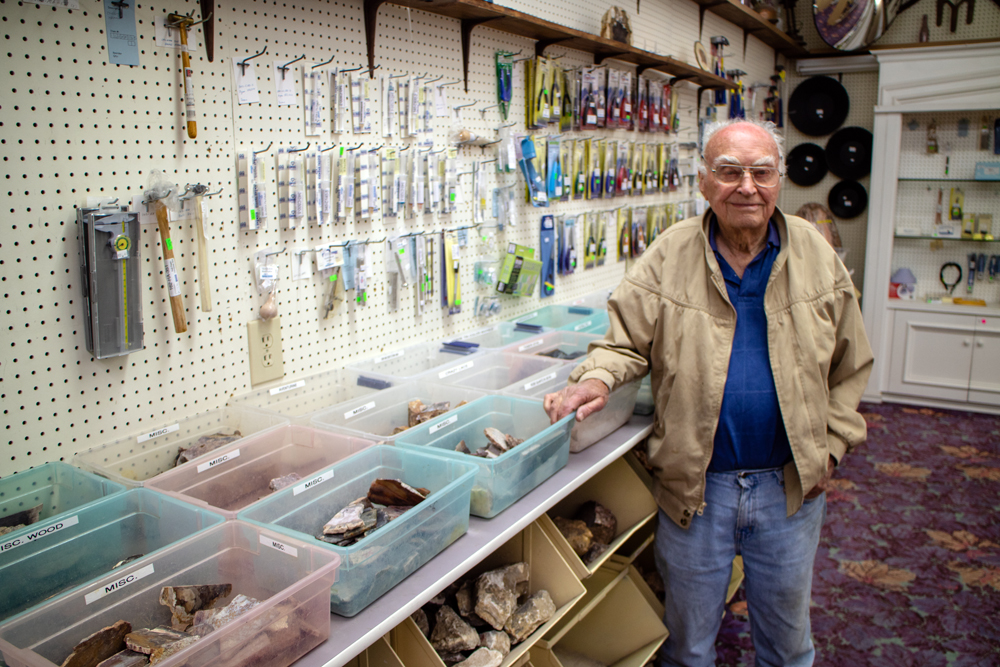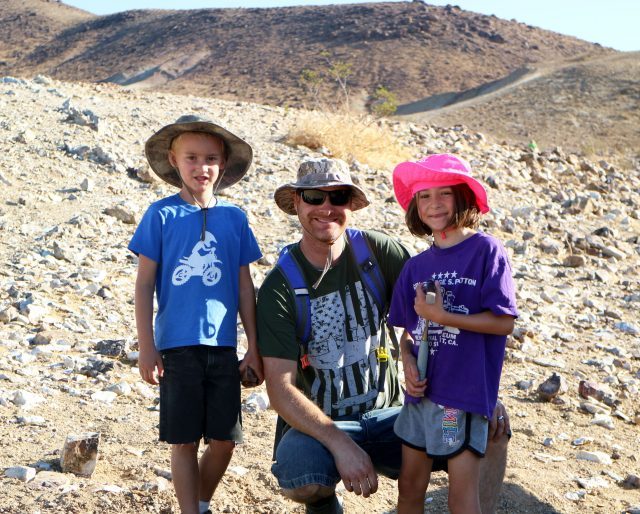While my book lies dead or dying, I continue to collect and learn. The world is too fascinating to continue mourning.
On Friday I collected from two desert washes near the colorful art installation called Seven Magic Mountains outside of Las Vegas.
This first photo shows mud cracks in stone. Slate or some such. Does not fizz readily under acid like the next rock.

This second photo is a poor example of limestone with a surface solution, collected that Friday just for illustration. Notice how much finer the lines are than the mud cracks, a closer knit group of spider webbing. Limestone with a surface solution is common throughout the Southwest. Keeps scrolling to see a reference specimen.

This third photo is a reference specimen of limestone with a surface solution. I bought it from professional geologist and former instructor R.C. de Mordaigle. He runs Geological Specimen Supply in Olancha, California. It’s the best place to start your reference collection of common and uncommon rocks. R.C. was a great supporter of my book.
R.C. explains these cracks in limestone this way, “In arid areas both limestone and dolomite develop a rough dissolved surface from the action of weak carbonic acid as atmospheric water picks up carbon dioxide . . . .”
What the collector really wants to find in wash are ripple marks, distinct marks in stone caused by wave action millions of years ago. This specimen is mudstone from somewhere outside Barstow, California. Look closely at the second photo. This isn’t just a piece of somewhat striped sandstone. Notice how it has real relief. Ripple marks.

Notice the relief in this second view.

I was on a Barstow area field trip one summer and saw a woman collect a nice ripple mark specimen from a desert wash. That arroyo had just been hit by a summer rain. Alas, I myself did not find a ripple mark but I did collect a nice piece of sandstone with dendrite markings. Another story for another day. Keep looking!
——
Follow me on Instagram: tgfarley
https://www.instagram.com/tgfarley/




